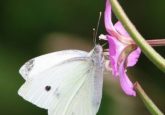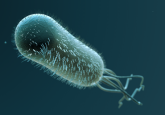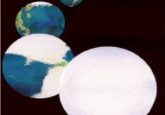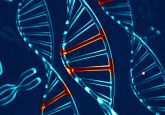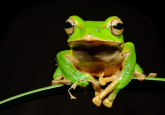Dino DNA
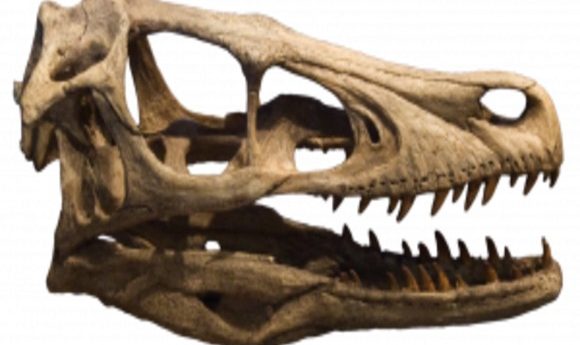
The chromosome structure of dinosaur genomes has been discovered by comparing bird and turtle DNA.
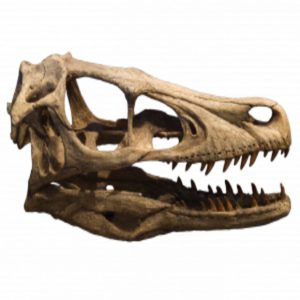
Researchers at the University of Kent (UK) have reconstructed the chromosomes, or karyotype, of dinosaurs by tracing back the change in structure in the ancestral lines of birds and turtles. The discovery, published in Nature Communications, could help explain how variations in karyotype structure contribute to the huge diversity of bird species alive today.
The extant turtles and birds that we see today share an ancestor with the extinct non-avian dinosaurs of the past. Due to the poor and rare preservation of soft structures during fossilization, actually observing chromosome structure would be an extremely difficult task.
However, the structure can be inferred by tracing the evolutionary trajectory of the group from living ancestors. The scientists worked backwards from the living species to help identify the karyotype structure of the extinct species. This was made possible by the development of fluorescent probes that were able to successfully tag sections of DNA in both birds and turtles.
The team discovered that the chromosomes exhibited a lot of internal reorganization but very little rearrangement between different sets of chromosomes.
It is postulated that one of the reasons birds currently exhibit such high levels of diversity is because of their highly varied and numerous chromosomes. The results of the team’s experiment predict that some of the highly diverse radiations known in the dinosaur timeline, such as the early emergence of the group and the late diversification of theropods, could also be due to this diversity of karyotype.
